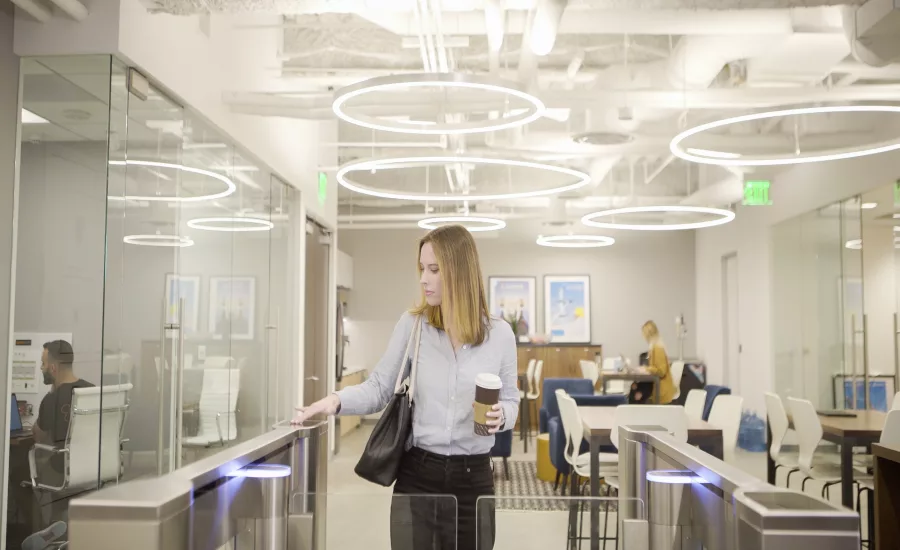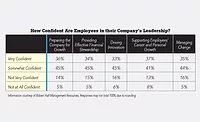Employees Want Smarter Office Security

When it comes to security, businesses have more to worry about today than just IT hacks. One stolen laptop could jeopardize a company’s most precious data exposing both their customers and employees. Companies are continuously overlooking the risk of data loss caused by compromised physical access to the workplace. Modern office access control has not been updated in over 40 years, meaning commercial spaces can be vulnerable to physical breaches. Metal keys and security card readers have not adapted to the modern security needs of today’s workplace - especially as more workers operate on flexible work schedules that have them coming and going from the office at unconventional hours, and make office buildings susceptible to threats. In fact, a recent Office Technology Study from Openpath, a leader in workplace technology and security, proves that businesses need to update their access control now in order to prepare for the future.
In its Office Technology Study, Openpath found that over half of employees think their company’s access control system could be improved or modernized. The same survey found that one in three respondents would like to see improvements made to their access control system by integrating smart technology.
By installing more modern access systems, landlords can not only improve tenant safety, but also attract new tenants. These modern access control systems leverage smartphones to let you unlock doors, elevators, turnstiles and parking garages while connecting all these systems together in a cloud server that makes an entire building more secure. With end-to-end encryption, technology like Openpath’s is much more secure than traditional keys or key cards, helping building owners provide the level of safety and security their tenants expect.
The Office Technology Study found that 40 percent of workers already find it difficult to simply enter their offices every day, highlighting the need to seamlessly meld convenience with security. It’s worth noting that heightened security measures do not require a more burdensome access control solution. Mobile tech and IoT are proving to be the solution that solves this issue of convenience. Access control that utilizes mobile and IoT technology has the capability to improve workplace efficiency while keeping a focus on data security and life safety.
By unlocking office doors with a smartphone, mobile credentials make it easier for employees or tenants to move about a space and increase safety by eliminating security issues associated with lost key cards or stolen pins. A missing key card provides access to your office at any time, without your knowledge - no small problem when you consider that 36 percent of office workers lose their keycard or pin number at least once a year. With mobile-enabled access control systems, tenants can download an app to their smartphone and use that to unlock doors, instead of the more traditional cards, badges and key fobs.
Additionally, with mobile access systems, landlords can administer the access control system remotely, allowing brokers, repair professionals and tenants to gain access to the building, even when you can’t physically be there to let them in. They can also see who is coming and going in real-time and control which parts of the building tenants have access to - all a tablet or computer from the comfort of your own home or office. With encryption at every level and powerful user-level permissions, these mobile based systems are both more secure and more dynamic than legacy systems.
This new, cloud-based, mobile access control system easily grows with a business as it expands to new floors and even new offices around the world while ensuring the highest security. Administrators need to recognize the lifetime value of these solutions that aren’t otherwise achievable with basic access control products currently on the market.
The study on workplace technology clearly shows that a concerted effort needs to be made by both landlords and tenants to implement smarter security into the workplace. Physical and cyber security threats are no longer mutually exclusive and decision makers within a company need to invest insecurity solutions that provide a unified front against any threat.
Looking for a reprint of this article?
From high-res PDFs to custom plaques, order your copy today!








